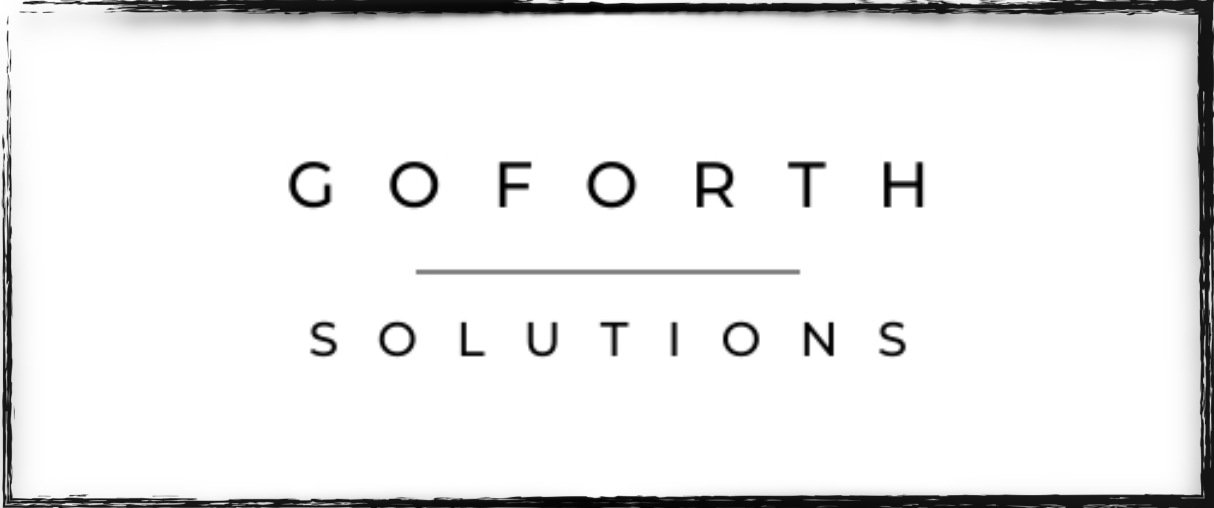Mon, April 17 – Can Media Literacy Help Us See Through the AI Hype?
What: We will identify the logics and assumptions baked into generative AI tools, and examine the tech ecosystem from which these tools emerge. We will consider: How might we use the core principles of media literacy to help us critically question generative AI technologies—not just the content that they produce, but the tools themselves?
Who: Michelle Ciccone is a second year PhD student in the Department of Communication at the University of Massachusetts Amherst. Previously, she was a K-12 technology integration specialist. Michelle is also the co-organizer of the 2023 and 2020 Northeast Media Literacy Conferences.
When: 12 noon, Eastern
Where: Zoom
Cost: Free
Sponsor: Media Education Lab
More Info
Tue, April 18 - Media Law Litigation in a Post-Newspaper Future
What: For a century, U.S. courts and policymakers have assumed that a well-funded Fourth Estate would act as a check on abuses of government power, assuring that incursions on fundamental First Amendment rights would not go unchallenged. But with the alarming spread of “news deserts” engulfing the United States, is that assumption still valid? And if not, what – if anything – can replace local newspapers as sentinels over government secrecy and overreach.
Who: - RoNell Andersen Jones – Lee E. Teitelbaum Endowed Chair and Professor of Law, University of Utah S.J. Quinney College of Law; Affiliated Fellow, Information Society Project, Yale Law School; Lyrissa Barnett Lidsky – Raymond & Miriam Ehrich Chair in U.S. Constitutional Law, University of Florida Levin College of Law; Katie Fallow – Senior Counsel, Knight First Amendment Institute, Columbia University; Frank D. LoMonte (Moderator), Counsel, CNN; Co-Chair, Free Speech and Free Press Committee, ABA Section of Civil Rights and Social Justice
When: 12 noon, Eastern
Where: Zoom
Cost: Free
Sponsor: The American Bar Association
More Info
Tue, April 18 – Top Video Trends: What businesses are creating in 2023
What: In this webinar, we’ll share examples of how businesses are using video to engage their audiences. Then, we’ll walk you through 6 different videos and tips for making them the easy way. You’ll understand the elements that go into creating videos that resonate with your audience. On top of that, you’ll walk away with the skills, confidence, and inspiration to create them yourself. If you’re interested in video but not sure where to start, you’re in the right place. This webinar is for those in HR, operations, marketing, sales, and anyone who wants to use video to communicate.
Who: Sally Sangood, Chief Video Officer, Animoto
When: 2 pm, Eastern
Where: Zoom
Cost: Free
Sponsor: Animoto
More Info
Tue, April 18 - The Media Landscape in Israel
What: We look at the media situation in Israel. How have new and politically biased news outlets affected the public’s trust in the media. How has increased government intervention affected press freedom in the country? And what is the impact of Prime Minister Benjamin Netanyahu’s government restructuring proposals on press freedom and independence in Israel.
Who: Ruth Margalit, contributing writer for the New York Times Magazine and Tel Aviv resident
When: 12 noon, Eastern
Where: Zoom
Cost: Free
Sponsor: Society of Professional Journalists
More Info
Wed, April 19 - Understanding news media bias
What: How the journalistic standards can be applied to confront and avoid bias in news reporting.
Who: Journalists Amethyst J. Davis of the Harvey World Herald and Stephanie Casanova of Signal Cleveland
When: 4 pm, Eastern
Where: Zoom
Cost: Free
Sponsor: News Literacy Project
More Info
Wed, April 19 - Ethical Decisions in News Graphic Images
What: A robust discussion about the use and impact of graphic images in news reporting. The presenter will share noteworthy examples and offers a decision-making checklist.
Who: Eric Wishart, standards & ethics editor, Agence France-Presse.
When: 8 pm, Central
Where: Zoom
Cost: Free
Sponsor: The Valley of the Sun chapter of the Society of Professional Journalists
More Info
Wed, April 19 - Covering Homelessness
What: A panel discussion on covering homelessness with respect and sensitivity.
Who: Will Schick, editor-in-chief of Washington, D.C.’s Street Sense Media; Sophie Kasakove, a housing reporter who previously covered housing and climate issues as a fellow on the national desk at the New York Times; Hallie Miller covers city and regional services for the Baltimore Banner who previously worked at The Baltimore Sun.
When: 6 pm, Eastern
Where: Zoom
Cost: Free
Sponsor: Society of Professional Journalists, Region 2
More Info
Thu, April 20 - Newsletter Professionals Meetup: Growth, Partnerships and Revenue
What: This is an idea swap for newsletter professionals about growth strategies, marketing, partnerships and revenue. You’ll meet up with others working on newsletter strategy and share ideas in a series of fast-paced breakout discussions. Bring an idea or two to share, and expect to leave with a bunch of new ideas from your peers, plus new professional opportunities, new peers, mentors and colleagues, and inspiration for a collaboration or partnership.
Who: Melanie Winer VP of Newsletter Strategy & Operations, Insider, Inc.
Where: Zoom
Cost: Free for members, $25 for non-members
Sponsor: The Online News Association & Inkwell
More Info
Thu, April 20 – Learning Investigative Reporting from Veteran Journalists
What: A panel on investigative reporting.
Who: Newsday’s Sandra Peddie who has written two books and News 12’s lead investigator Walt Kane
When: 7 pm, Eastern
Where: Zoom
Cost: Free
Sponsor: Press Club of Long Island
More Info
Fri, April 21 – The Future of Local Journalism
What: The challenges facing local media and solutions that connect Americans with independent journalism.
Who: Media pioneer Evan Smith
When: 3:45 pm, Eastern
Where: Zoom
Cost: Free
Sponsor: The University of Virginia's Karsh Institute of Democracy
More Info
